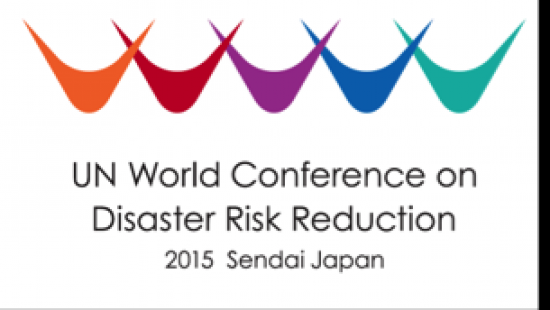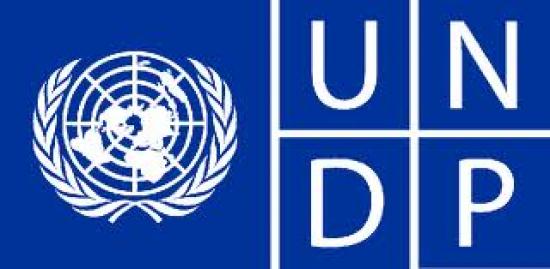Disaster management ministers from Japan, China and South Korea agreed Wednesday to strengthen cooperation on promoting a U.N. action plan adopted in March to respond to emergencies, reports Japan Times. At a meeting held in Tokyo, Taro Kono, Japan’s minister for disaster management, Dou Yupei, China’s vice minister of civil affairs, and Lee Sung Ho, South Korea’s deputy minister of public safety and security, signed a joint statement vowing enhanced ties to promote the 15-year action plan. “The three countries have been affected by similar natural disasters including earthquakes, tsunamis and typhoons,” Kono said, expressing hope that the Asian neighbors will enhance their ties by sharing past experiences.




